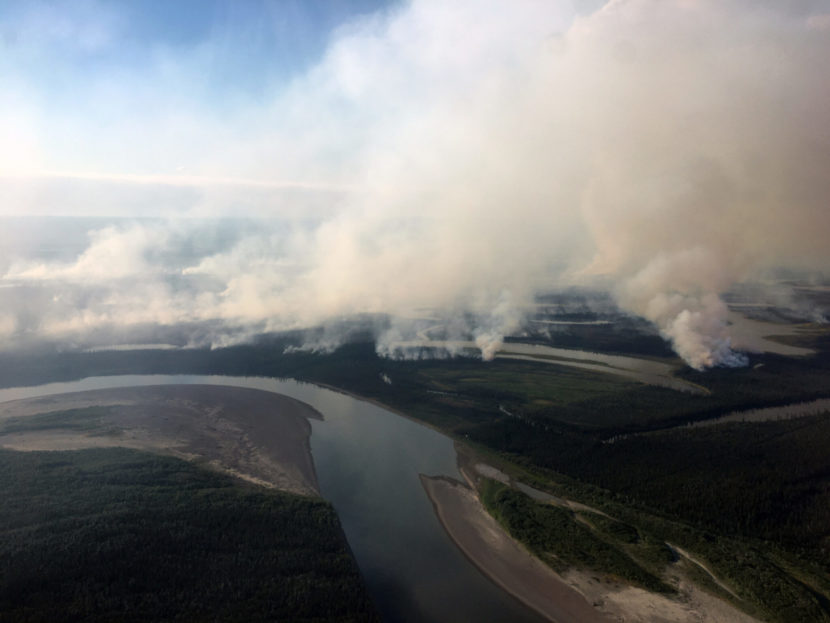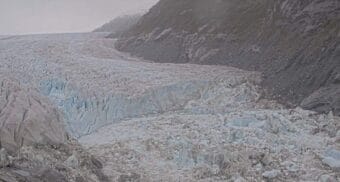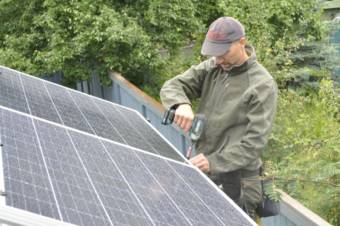
Alaska is closing out what is likely to be the state’s seventh-biggest wildfire season since 1950, wrapping up a summer notable for record-breaking fires in the tundra of the Yukon-Kuskokwim Delta in the southwestern part of the state.
In all, more than 3 million acres have been burned by wildfires this year, according to the federal-state Alaska Interagency Coordination Center. The 2022 total of 3.08 million acres, as of Friday, is slightly less than Alaska’s sixth-biggest season, when 3.189 million acres burned in 1990, according to University of Alaska Fairbanks data.
The high 2022 total was driven in large part by the fierce fires in the Yukon-Kuskokwim Delta, said Rick Thoman, a scientist with the Alaska Center for Climate Assessment and Policy at UAF.
Those include the two largest Yukon-Kuskokwim Delta tundra fires on record, the 166,760-acre East Fork fire, which started on May 31, and the 89,909-acre Apoon Pass fire nearby, which started about a week later.
Those fires and others like it are products of new conditions created by climate change, Thoman said.
“Decades of warmer springs and summers means there is so much more vegetation on the tundra now. From the fires’ perspective, it means there’s much more fuel,” he said. “There’s just more vegetation to burn.”
Until 2015, tundra fires in the Yukon-Kuskokwim Delta were small and infrequent. That changed suddenly seven years ago.
“Obviously, there’s been a sea change in southwestern Alaska, starting in 2015,” Thoman said.
Fires on the tundra and in the boreal forest can have particular impacts on climate change because they can burn the layer of vegetative duff within the ground, a vegetative layer that often insulates permafrost below.
A newly published study by scientists with the Woodwell Climate Research Center and other institutions calculated the carbon released by the 2015 Yukon-Kuskokwim tundra fires – nearly 1 million metric tons – and urges more attention to the way tundra fires are adding greenhouse gases to the atmosphere. The study calculated the climate-warming effects of those fires as continuing for 80 years into the future. “Our results stress the importance of considering tundra wildfires in assessing climate feedbacks and the need for future research that more explicitly discerns the warming effect of fires across the tundra biome,” the study concludes.
This year’s Yukon-Kuskokwim fires posed their own logistical challenges, said Beth Ipsen, a public affairs specialist with the Alaska Fire Service.
“All of these fires were not accessible by road. You either had to fly in or boat in,” Ipsen said. But even fires in road-accessible areas require some similar off-road travel, like the boat travel that was required for firefighters assigned to some Interior fires, she said. “That’s the way it is in Alaska.”
As of Friday, there were still two fires being actively managed, and conditions in the northeastern Interior remained warm and dry, she said. Otherwise, most fire activity has quieted, according to managers’ reports.
Preliminary estimates for this year’s fire-management costs will not be available until later in the fall, Ipsen said.
Geographically, wildfires this year ranged from nearly Alaska’s southernmost point – Adak Island in the Aleutians– to the Beaufort Sea coastline in the Arctic, according to the Alaska Interagency Coordination Center.
The Adak fire, which was reported at 919 acres, was human-caused, though the Alaska Fire Service does not have many details about it, Ipsen said. The fire was reported to have started on May 8 and determined to be out on Aug. 3. It was handled by the military, Ipsen said.
The Beaufort Sea coastline fire was a small blaze set off accidentally on June 30 by workers shooting explosives to shoo a caribou away from a runway that serves the Point Thomson natural gas field on the North Slope, according to fire managers’ reports. That fire was only about a tenth of an acre and was quickly extinguished.


